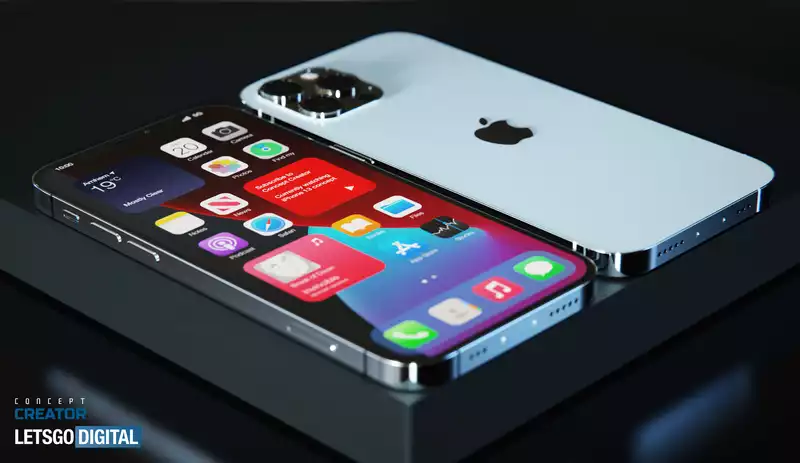The iPhone 13 could provide a better 5G experience in more countries, suggesting that the ultrafast mmWave standard will be supported outside the US.
U.S. models of the iPhone 12 support both the sub-6GHz and mmWave 5G standards, while models sold in the UK and other countries are sub-6GHz only. However, according to Digitimes Asia, the iPhone 13 will support mmWave in more than half of the next-generation iPhone models expected to be released this fall. However, it does not specify in which regions these models will be offered.
As Apple increases mmWave compatibility for its users, Digitimes industry sources expect that Android manufacturers will try to follow suit. Currently, only a few major devices, including the OnePlus 9 Pro and Samsung Galaxy S21, support mmWave.
The majority of 5G networks currently in operation around the world use standards below 6 GHz. This is because fewer cell towers are needed for operation and they are less likely to be blocked by buildings or other objects. Millimeter wave is faster and has wider data bandwidth, but it is not as widely used because of its shorter transmission range and its tendency to be blocked. Therefore, its main applications are in small, densely populated areas such as city blocks and sports venues.
By supporting both standards, iPhone 12 delivers a more cohesive 5G experience than its rivals. If the iPhone 13 offers this in more countries, it will bring this benefit to more users as each country continues to develop its 5G infrastructure. In short, the iPhone 13 could be a great buy for the future if you plan to update your phone this year.
Other iPhone 13 rumors we've heard also provide plenty of reasons to get excited about Apple's next smartphone: the Face ID notch is said to be smaller for the first time since its introduction, exciting camera hardware and photo software upgrades are rumored, and the iPhone 13 will be the first phone to feature a new camera. The new Face ID notch is said to be smaller for the first time since its introduction. Additionally, some models may offer a 120 Hz display refresh rate.










Comments